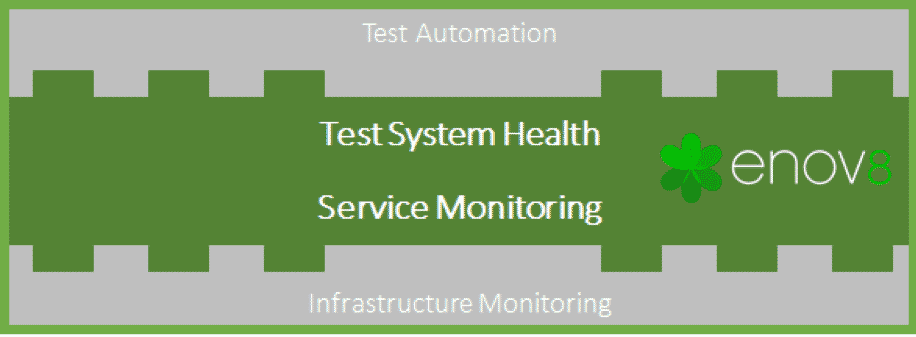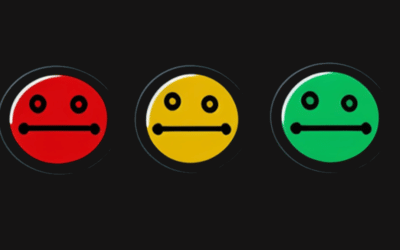Automating the Automation | No Code ‘Environment Synthetics’
The Cost of Manually Testing your Environment Health
- I need to test each test system (maybe production) every morning.
- I have 100 systems (each with 5 instances), that is 500 test system instances.
- The average manpower of testing each instance is 15m.
- Daily cost = 15m/60 (hour) x 500 x $100 (hourly charge rate) = $12,500 per day.
- Annual cost of manually testing health of our Test Environments
ROI of Building a Test Automation Synthetics Framework
- 500 Scripts
- Time to build each script originally is 16 hours (inc analysis, design, build & test).
- Estimated maintenance & execution of script 16 hours pa.
- Annual Cost of Automated Testing
- ROI (compared to Manual) = 1.6M (Year1) and 2.4M (Year2+)
Pitfalls of Test Automation
However, there are pitfalls with this approach,- There is the cost of the tools (often expensive).
- The likelihood of resources (SMEs) being more expensive.
- The ongoing need to coordinate, build, maintain, and execute the artefacts (refer above).
- The reality that mileage so often varies due to the quality and efficiency of the resources involved.
Enter Enov8
Enov8 is pleased to announce its latest environment management ‘innovation’ with the introduction of:- No Code Lean Synthetics.
A perfect and immediate complement to organizations existing test environment health techniques.

- Determine the health of your test systems using ‘silver thread’ transactions.
- Analyze the underlying component services.
ROI of Enov8 “No Code Lean Synthetics” Framework
- Time to build each script originally is 30m (inc analysis, design, build & test).
- Estimated maintenance and execution of script 30m pa.
- Annual cost of Lean Synthetics: 500 x 1-hour x $100 (hourly charge rate) = $50K Year-1 ($25K Y2 onward).
- ROI (compared to Manual health checks) = 2.95M (Year1) and 2.975M (Year2+) A significant ROI would also be found if we were comparing it to a test automation framework.
- ROI (compared to test automation health checks) = 1.55M (Year1) and 775K (Year2+) Enov8 Lean Synthetics is now available to Enov8 Environment Manager customers.
Innovate with Enov8
If you are interested in learning more about IT & Test Environment Management and IT Release Management, contact us about EcoSystem.Enov8 EcoSystem is the worlds leading IT Enterprise Intelligence platform.Ecosystem is a fully configurable and easily integratable solution that comes with out of the box “enterprise management” functions that support IT & Test Environment Management, Release Management, Data Management, IT Operations Management, Configuration Management & Service Management.Relevant Articles
What is Canary Deployment? A Complete Explanation
Software development and deployment come at you fast. So organizations strive to deliver new features and updates to their users while minimizing risks and disruptions. One of the most effective techniques to achieve this delicate balance is through the use of...
A Comprehensive Guide to Product Lifecycle Management (PLM)
Product lifecycle management (PLM) plays a critical role in ensuring the longevity and competitiveness of software products. A successful software solution is not an accident, but rather a result of ongoing supply chain management, maintenance and a clear long-term...
Data Mesh vs Data Lake: Choosing an Architecture
As organizations scale and mature their digital ecosystems, data becomes both a key asset and a major architectural challenge. Live by the data, die by the data. With vast quantities of structured and unstructured data pouring in from dozens (or hundreds) of...
RAG Status: What It Is and Using It for Project Management
Effective Leadership requires effective tooling to drive successful outcomes. One tool they can use to monitor and measure progress is RAG status. RAG stands for Red, Amber, Green, and is a simple traffic light system used to communicate the current status of a...
Enterprise Architecture Tools: 11 to Be Aware Of in 2025
Enterprise architecture (EA) is an essential discipline for organizations aiming to align their IT strategy with business goals. As companies become more complex and technology-driven, having the right set of EA tools is crucial to streamline operations, improve...
What is a Staging Server? An Essential Guide
Release issues happen. Maybe it’s a new regression you didn’t catch in QA. Sometimes it’s a failed deploy. Or, it might even be an unexpected hardware conflict. How do you catch them in advance? One popular strategy is a staging server....





